When it comes to transportation and material handling, semi dump trailers stand out as powerful workhorses that excel in numerous industries. Understanding the capacity of these trailers is crucial for decision-making and operational efficiency. This guide will provide detailed insights surrounding the fundamental question: How much does a semi dump trailer hold? We’ll dive deep into specifications, industry applications, and factors influencing their capacity to equip you with the knowledge necessary for optimizing your operations.
Overview of Semi Dump Trailers
What is a Semi Dump Trailer?
Semi dump trailers are specialized vehicles designed for the effective transportation and unloading of loose materials. Equipped with a hydraulic mechanism, these trailers can tilt their beds, allowing for rapid unloading at construction sites, landfills, farms, and more. They are often used for hauling materials such as gravel, sand, dirt, debris, and other bulk materials.
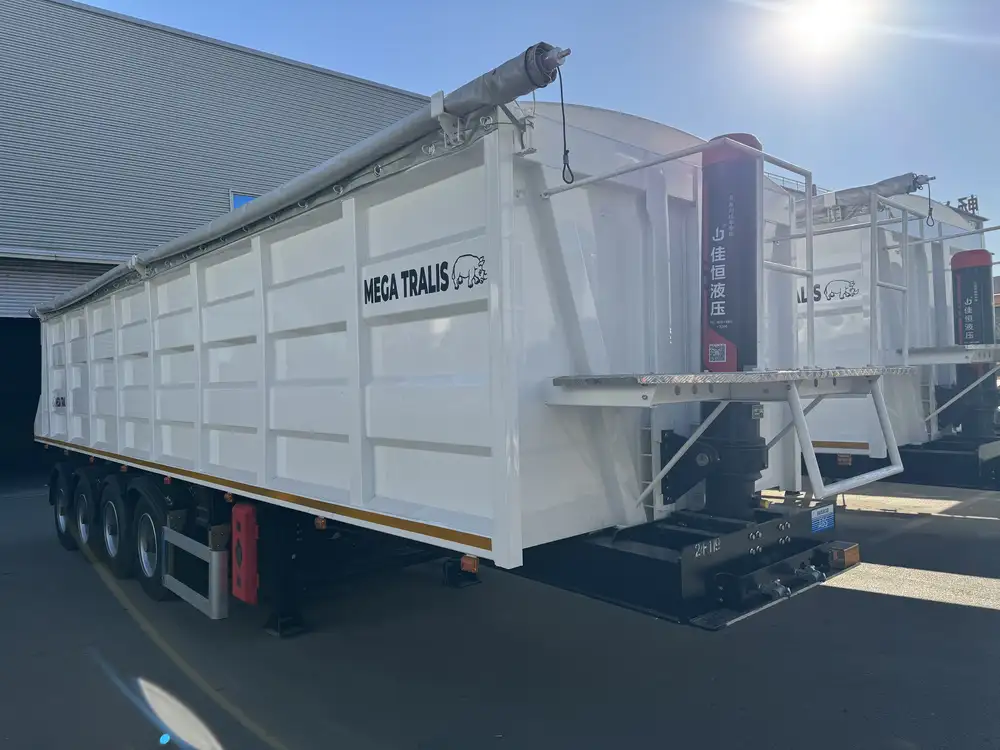
Key Features of Semi Dump Trailers
- Hydraulic System: Enables effortless tilting and unloading.
- Welded Frame: Provides sturdy construction capable of handling heavy loads.
- Tipping Range: Varies according to the design – some can tip as much as 60 degrees for efficient unloading.
- Variety of Designs: Available in single, double or tri-axle configurations to cater to different volume needs.
Capacity of Semi Dump Trailers: A Closer Examination
Factors Influencing Capacity
Several factors influence how much a semi dump trailer can hold. Here are the main considerations:
| Factor | Description |
|---|---|
| Trailer Size | Longer trailers generally offer higher capacity. Trailer length can vary from 14 to 30 feet. |
| Axle Configuration | More axles can support larger loads, typically ranging from 2 to 4 axles for semi dump trailers. |
| Body Material | Aluminum trailers are lighter, leading to higher net payload while steel trailers are heavier, lower load capability. |
| State Regulations | Each state has specific laws dictating maximum load limits, affecting operational choices. |
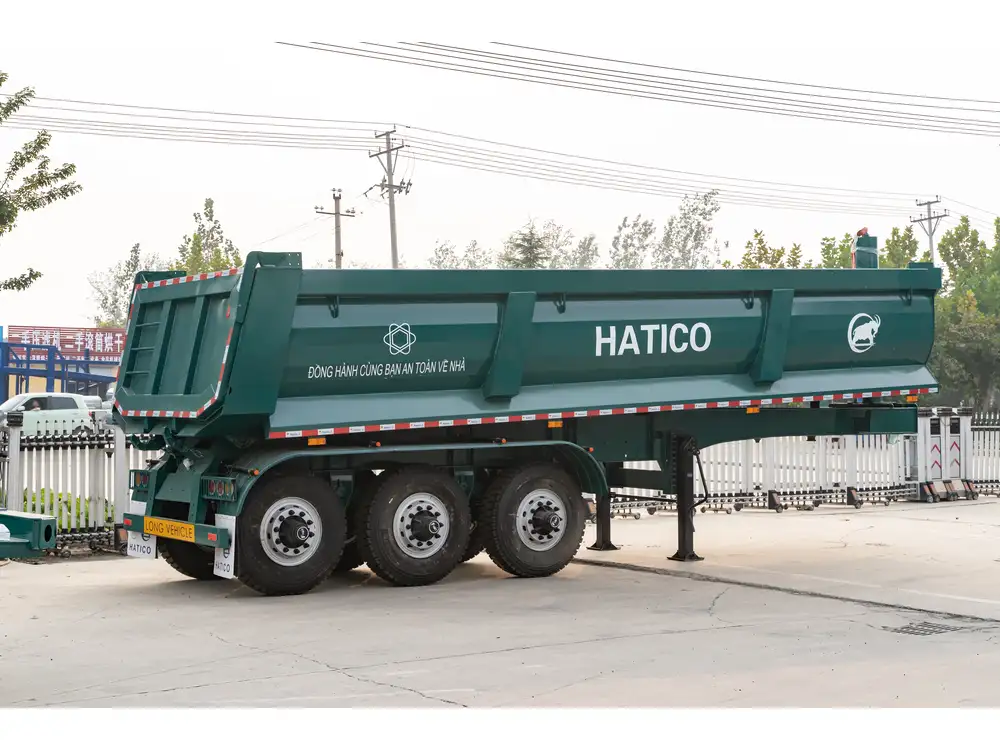
Dump Trailer Capacities
Standard Capacities
Semi dump trailers come in a variety of standard sizes, each offering distinct capacities. Below is a breakdown of common capacities based on trailer configurations:
| Trailer Type | Length | Volume Capacity | Weight Capacity (approx.) |
|---|---|---|---|
| Single Axle | 14-16 ft | 10-12 cubic yards | 10,000 – 12,000 lbs |
| Tandem Axle | 20-24 ft | 15-20 cubic yards | 14,000 – 18,000 lbs |
| Tri-Axle | 25-30 ft | 20-25 cubic yards | 20,000 – 25,000 lbs |
Practical Implications of Trailer Capacity
When determining how much a semi dump trailer holds, consider not just the volume but also the weight. For example, a trailer rated for 20 cubic yards might not be able to handle the same weight of gravel as it could with sand due to density differences.
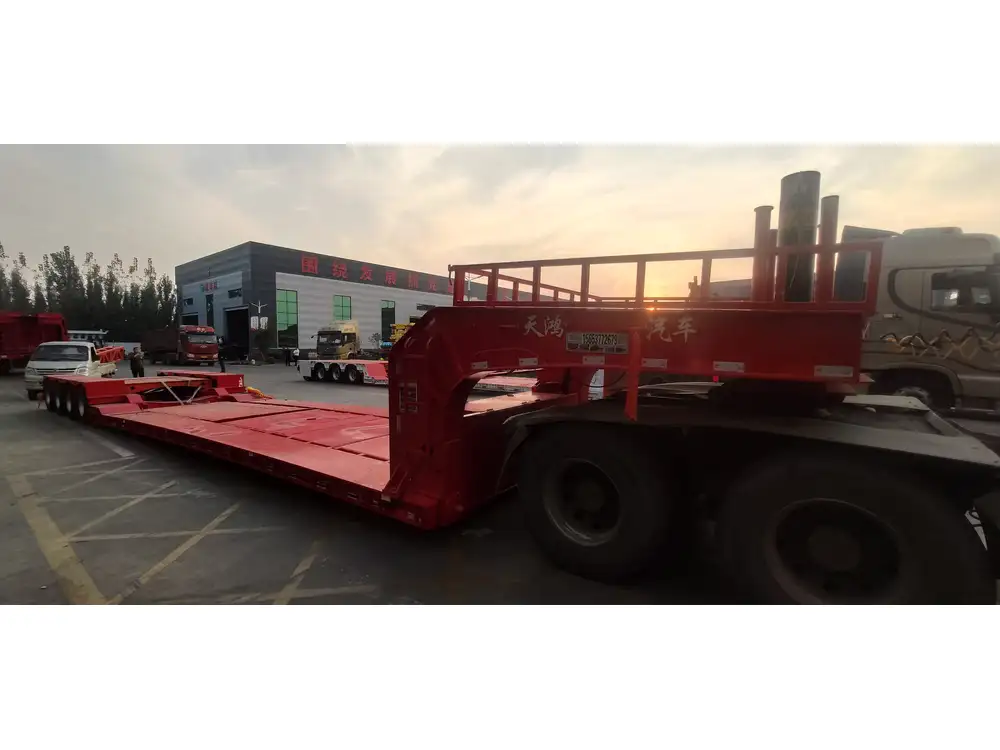
Typical Load Weights for Various Materials:
| Material | Density (lbs/cubic yard) | Cubic Yard Capacity | Total Weight Capability |
|---|---|---|---|
| Sand | 2,700 | 20 | 54,000 lbs |
| Gravel | 2,400 | 20 | 48,000 lbs |
| Topsoil | 1,200 | 20 | 24,000 lbs |
Industry Applications of Semi Dump Trailers
Construction Sector
In construction, semi dump trailers are indispensable for transporting soil, sand, and aggregates. The efficiency of quick unloading helps in expediting projects, reducing labor costs, and improving workflow.
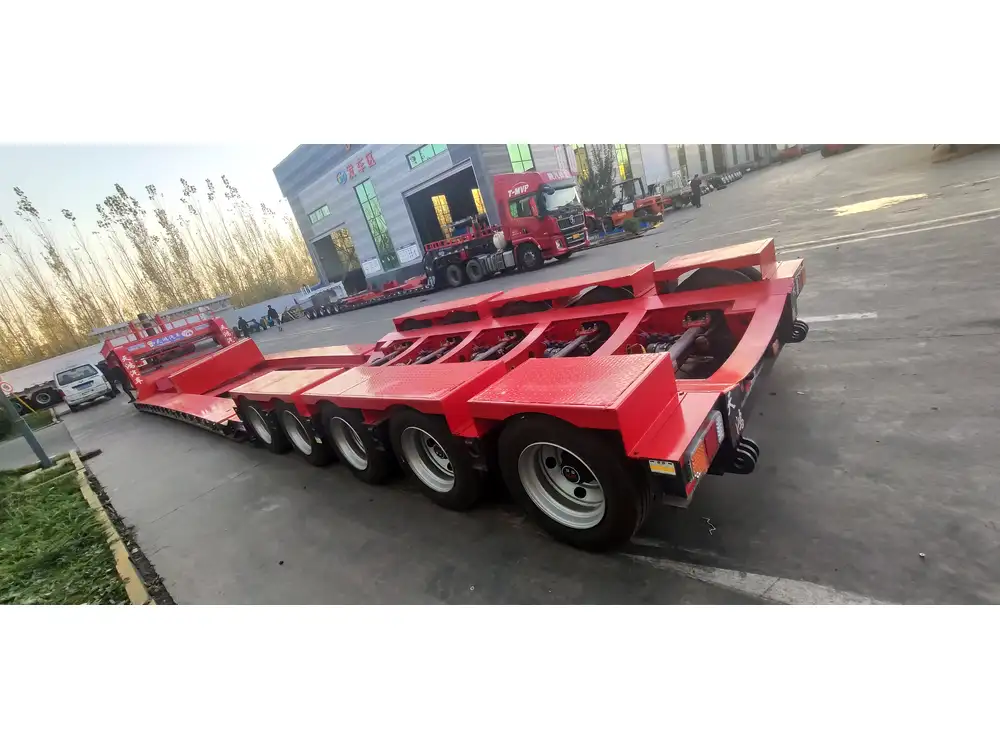
Agricultural Use
Within the agricultural sector, these trailers facilitate the transport of feed, fertilizer, and other bulk materials crucial for farming operations. The tilting capability ensures fast unloading, crucial during planting and harvesting seasons.
Waste Management
Waste management companies utilize semi dump trailers for transporting and disposing of construction debris and municipal waste. This application not only involves heavy loading but requires adherence to weight regulations to maintain road safety.
Choosing the Right Semi Dump Trailer
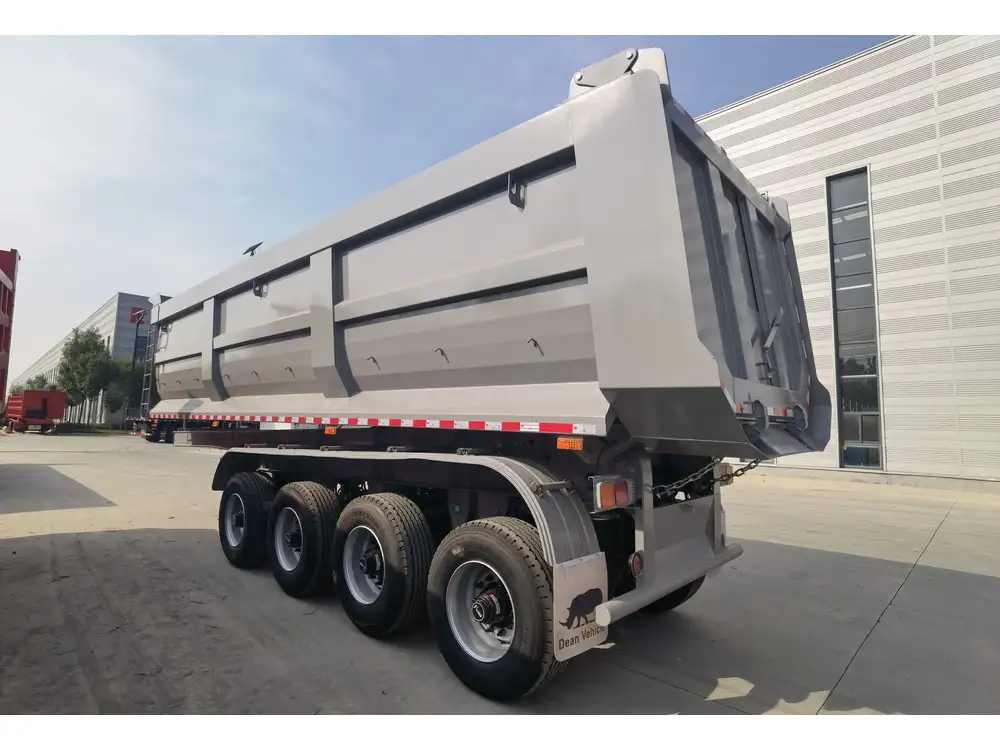
Key Considerations
When selecting a semi dump trailer, several vital aspects must be taken into account to ensure it meets your operational requirements:
- Intended Use: Identify the primary materials and weights you will transport.
- Load Capacity: Verify that the trailer’s rated capacity aligns with your needs, factoring in the density of the materials.
- Durability: Assess the quality of materials used in construction, ensuring it can withstand rigorous operations.
- Compatibility with Vehicle: Make sure the trailer’s hitch type is compatible with your towing vehicle to prevent accidents on the road.
FAQs About Semi Dump Trailer Capacity
1. How can I determine the maximum load for my semi dump trailer?
To determine the maximum load, consult the manufacturer’s specifications indicated on the trailer or in the user manual. Always abide by local regulations which might impose restrictions on weight limits.
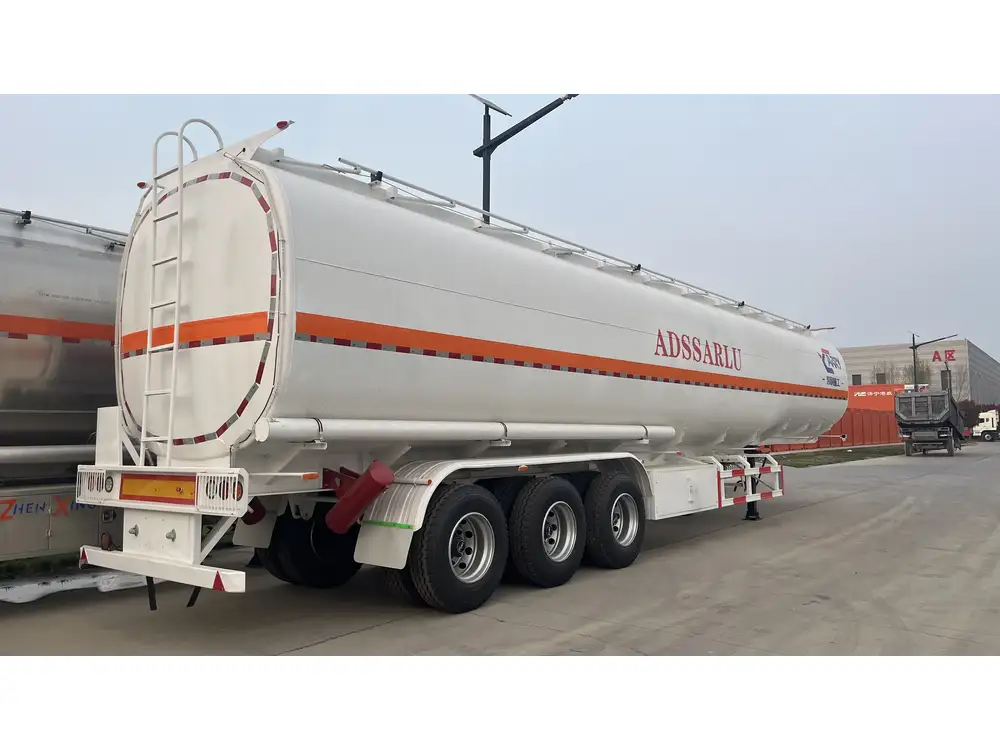
2. Can semi dump trailers handle heavy-duty applications?
Yes, many semi dump trailers are designed for heavy-duty applications. However, you must verify the specific weight ratings and features, such as reinforced frames, that can manage the loads you’re dealing with.
3. What is the lifespan of a semi dump trailer?
With proper maintenance, a semi dump trailer can last for 10-15 years or longer. Regular inspections, timely repairs, and following weight limits can extend its lifespan significantly.
4. Are there specific maintenance practices for dump trailers?
Regular maintenance includes:
- Hydraulic checks and fluid replacement
- Brake inspections
- Tire rotations and air pressure checks
- Frame and bed inspections for rust and damage
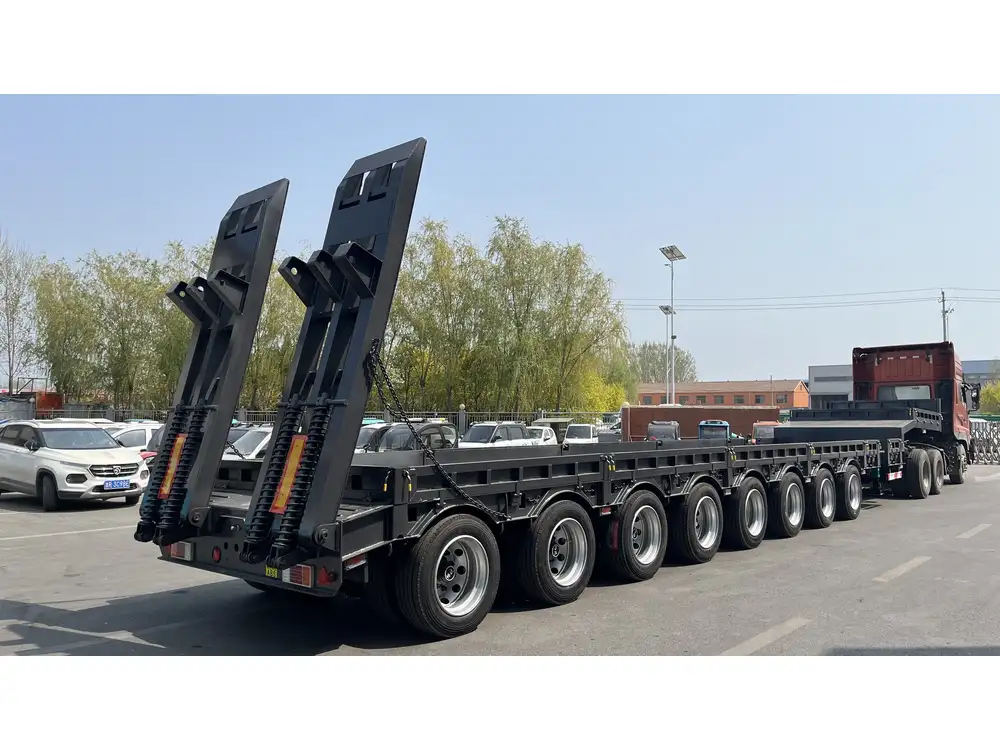
Conclusion
Understanding the capacity of a semi dump trailer is not merely about knowing the numerical figures—it encompasses a multitude of factors including trailer design, intended materials, and specific use cases. Selecting the right trailer is essential for ensuring efficiency, maximizing payload, and abiding by regulatory guidelines.
In conclusion, whether you’re involved in construction, agriculture, or waste management, the semi dump trailer stands as an essential piece of equipment for your operations, capable of holding varying amounts based on detailed specifications. Armed with the knowledge from this guide, you’re now better equipped to navigate the complexities surrounding semi dump trailers and make informed purchasing or operational decisions. Make sure to consider all factors thoroughly, and success will surely follow in your endeavors.
Investing in quality equipment that meets your specifications not only boosts productivity but also assures safety on the road, helping you achieve operational excellence while maintaining compliance with laws that govern transport and material handling.



